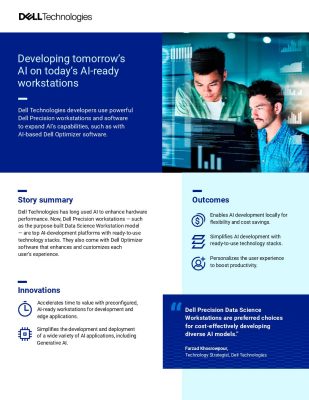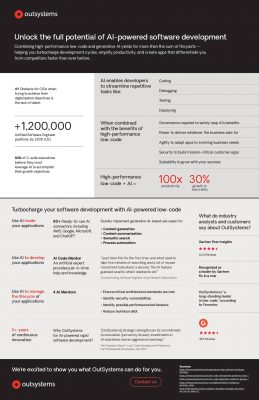Highlights:
- Less than half a year after surpassing the USD one billion milestone, OpenAI’s yearly recurring revenue reportedly exceeded USD two billion in February.
- A fresh round of funding may also facilitate OpenAI’s endeavors to introduce the much-discussed GPT-4o model’s successor.
OpenAI to reportedly raise new funding to hit the valuation of more than USD 100 billion, according to several publications’ reports.
According to sources, the ChatGPT’s developer company is reportedly seeking to secure several billion dollars. With a USD one billion contribution, Thrive Capital is anticipated to lead the fundraising effort. Microsoft Corp. is anticipated to participate as well. To date, Microsoft Corp. has contributed USD 13 billion in financing and cloud infrastructure to OpenAI.
OpenAI Chief Financial Officer Sarah Friar attested to the fundraising endeavor in an internal memo. The CEO continued that the company intends to execute a tender offer later this year. In that transaction, startup employees may sell some of their stocks.
According to reports, the business was valued at USD 80 billion in a tender offer that Thrive Capital contributed in February. Investor excitement about the company’s growth possibilities appears reflected in the valuation increase that the company anticipated to earn in its next fundraising round. Less than half a year after surpassing the USD one billion milestone, OpenAI’s yearly recurring revenue reportedly exceeded USD two billion in February.
Friar informed staff members that additional compute capability will be purchased using a portion of the money from the upcoming round. There were rumors in March that Microsoft and OpenAI were collaborating to build an AI supercomputer with millions of processors. Considering that premium graphics cards for data centers can cost upwards of USD 30,000 each, the system’s total cost may approach billions of dollars. As per the sources, the corporations have given the supercomputer Stargate a codename and want to launch it online no later than 2028.
A fresh round of funding may also facilitate OpenAI’s endeavors to introduce the much-discussed GPT-4o model’s successor. The new model, also known as GPT-5, is being trained, the company recently revealed.
According to the reports, OpenAI is working on a technique called Strawberry to enhance the reasoning capabilities of LLMs. Neural networks may become more proficient at jobs like producing software code, completing complex math problems, and conducting internet research due to this technology. Which of Strawberry’s features—if any—will make it into GPT-5 is unknown.
OpenAI could find other tasks made easier by a new funding infusion than developing new models. Recently, the company started testing SearchGPT, an internally developed search engine to provide natural language responses to user concerns. If a multibillion-dollar investment is to be made, the company would find it simpler to finance new market growth attempts in addition to its expensive AI development projects.





























































